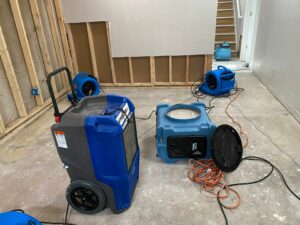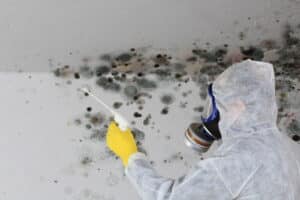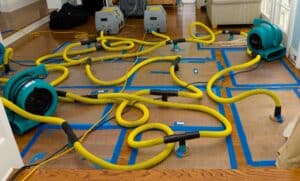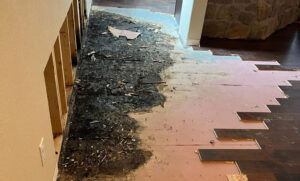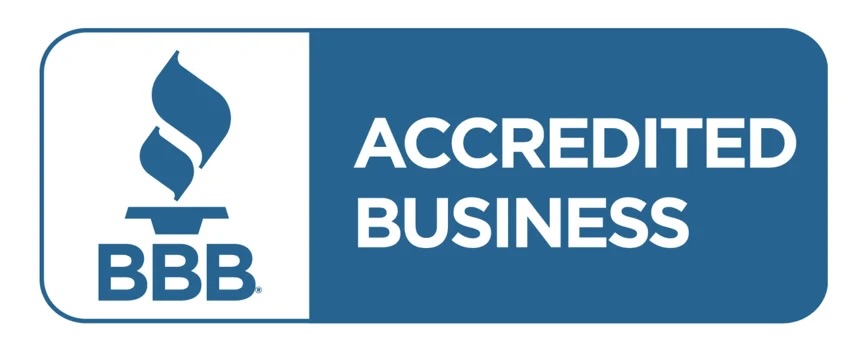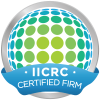Water damage can be a homeowner’s worst nightmare, leading to structural damage, mold growth, and costly repairs if not addressed promptly. Understanding the water damage restoration process is essential for effective recovery and mitigation of further damage. This guide will provide a detailed step-by-step overview of the water damage restoration process and emphasize the importance of quick response and assessment.
Step-by-Step Guide to Restoring a Water-Damaged Property
- Emergency Contact and Assessment
The first step in the water damage restoration process is to contact a professional restoration service. Once contacted, the restoration team will assess the situation to determine the extent of the damage. This assessment involves identifying the source of the water, the type of water involved (clean, gray, or black), and the areas affected. A thorough assessment is crucial for planning the appropriate restoration strategy. - Water Removal
Once the assessment is complete, the next step is water removal. Restoration professionals use powerful pumps and vacuums to extract standing water from the affected areas. Quick water removal is vital, as prolonged exposure can lead to further damage and mold growth. The team will often prioritize high-traffic areas and critical rooms, such as basements, kitchens, and bathrooms. - Drying and Dehumidification
After water extraction, the drying process begins. High-capacity air movers and dehumidifiers are used to circulate air and reduce humidity levels in the affected spaces. This step is essential to prevent mold growth and structural damage. The drying process can take anywhere from a few days to a week, depending on the extent of the damage and the materials involved. Restoration professionals will monitor moisture levels throughout this phase to ensure thorough drying. - Cleaning and Sanitizing
Once the affected areas are dry, the restoration team will clean and sanitize the surfaces. This step is particularly important if the water damage involved gray or black water, which can contain harmful bacteria and contaminants. Professional-grade cleaning solutions and techniques are employed to ensure that all surfaces are sanitized, reducing the risk of mold growth and health hazards. - Restoration and Repairs
After cleaning, it’s time to begin the restoration process. This can involve repairing or replacing damaged materials, such as drywall, flooring, and insulation. Restoration professionals will assess what can be salvaged and what needs replacement. The goal is to restore the property to its pre-damage condition. Depending on the extent of the damage, this step can range from minor repairs to major renovations. - Final Inspection
Once the restoration work is complete, a final inspection is conducted to ensure that all repairs meet safety and quality standards. The restoration team will check for any remaining moisture, mold growth, and overall structural integrity. Homeowners will also be encouraged to inspect the work to ensure their satisfaction. - Documentation and Claims Assistance
Throughout the restoration process, professionals will document the work done, including photographs and notes on the extent of the damage and repairs made. This documentation is essential for insurance claims, helping homeowners recover costs associated with the water damage. Many restoration companies offer assistance in filing claims, ensuring that homeowners understand their rights and options.
Importance of Quick Response and Assessment
Timeliness is critical when dealing with water damage. A quick response can significantly impact the extent of the damage and the overall restoration process. Here’s why immediate action is essential:
- Minimizing Damage
The longer water remains in a property, the more damage it can cause. Wood can warp, drywall can weaken, and structural integrity can be compromised. Quick action reduces the time water is in contact with surfaces, minimizing damage and the need for extensive repairs. - Preventing Mold Growth
Mold can begin to grow within 24 to 48 hours of water exposure. Rapid removal of water and effective drying techniques are essential in preventing mold infestations. Mold remediation can be costly and complicated, so preventing its growth is a top priority in the water damage restoration process. - Health Risks
Water damage can pose serious health risks due to the growth of mold and bacteria. Contaminated water, particularly black water, can introduce pathogens into the environment, leading to illnesses. Quick assessment and response help mitigate these health hazards by removing contaminated materials and sanitizing affected areas. - Insurance Claims
Many insurance policies have specific time frames for reporting water damage claims. Delaying action can complicate the claims process or lead to denial of coverage. Quick assessment and response ensure that homeowners can document damage promptly and file their claims within the required time limits. - Cost-Effectiveness
The longer water damage goes unaddressed, the more costly the restoration can become. Prompt action can prevent extensive repairs and reduce overall restoration costs. Early intervention can save homeowners significant amounts of money and hassle. - Expert Evaluation
A professional assessment is crucial for identifying hidden damage. Water can seep into walls, insulation, and other concealed areas, leading to long-term problems if not addressed. Professionals use specialized equipment to detect moisture and evaluate the full extent of the damage, ensuring that all affected areas are treated. - Peace of Mind
Experiencing water damage can be overwhelming for homeowners. Quick response and professional assessment provide reassurance that the situation is being handled by experts. This peace of mind allows homeowners to focus on recovery without the added stress of managing the restoration process on their own.
Understanding the water damage restoration process is essential for homeowners facing the aftermath of a water-related incident. From emergency contact and assessment to water removal, drying, cleaning, and restoration, each step plays a vital role in effectively mitigating damage and restoring a property. Quick response and thorough assessment are critical to preventing further damage, health risks, and costly repairs. By acting promptly and involving professionals, homeowners can protect their investments and ensure a safe, healthy living environment.

